One of the most popular graph amongst clinical and pharmaceutical users is the Survival Plot as created from the LIFETEST Procedure. This is one graph that users most often want to customize. See Creating and Customizing the Kaplan-Meier Survival Plot in PROC LIFETEST - Warren F. Kuhfeld and Ying So, SAS Institute
English

When the Seattle Seahawks won the Super Bowl, they didn’t do it because of just one factor – a great quarterback or an amazing running back. It was widely considered a team effort, helmed by a visionary coach who worked on developing a strong culture, cultivating the right players and

I'm a big believer in both/and thinking, so I'll stand squarely in the middle and say that the most important skills for competitive advantage in analytics include a combination of top-notch modeling abilities along with business acumen, critical thinking, and curiosity. I was intrigued by a blog post on this
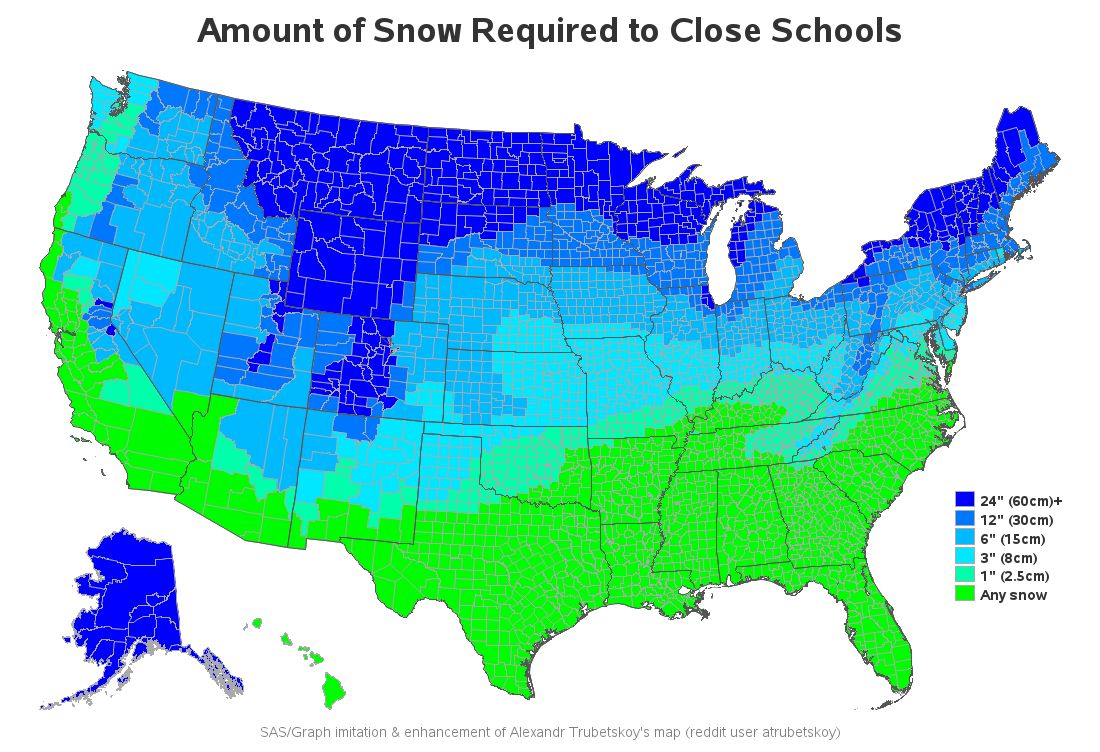
We get very little snow in Wake County, NC (SAS Headquarters) - therefore when we do have snow, it's a big deal and they close the schools. Which made me wonder ... how much snow does it take to close schools in the rest of the US? Last week we got our

This isn't the first blog post to laud the "Note" feature of SAS Enterprise Guide. You know, the feature that allows you to add documentation to describe what the heck your project or process flow is actually doing. For example, Tricia described 3 useful ways to use the note feature.
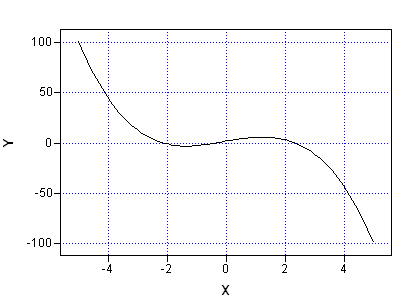
Finding the root (or zero) of a function is an important computational task because it enables you to solve nonlinear equations. I have previously blogged about using Newton's method to find a root for a function of several variables. I have also blogged about how to use the bisection method

Acronyms are funny things. Need an example? Try decoding this sentence: How is event stream processing (ESP), applied to electrical submersible pumps (ESP) in the oil and gas industry, like extrasensory perception (ESP)? Even if you had extrasensory perception you would still need some clarification if that sentence contained acronyms only.

SAS Enterprise Guide and SAS Global Forum -- two of my favorite things! And I get to talk about both of them in this post. I'm a devoted SAS Enterprise Guide user, and I hope you're learning how useful this tool can be as well. On February 13, I'll be sharing
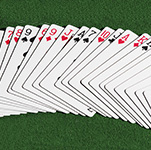
Last week I showed three ways to sample with replacement in SAS. You can use the SAMPLE function in SAS/IML 12.1 to sample from a finite set or you can use the DATA step or PROC SURVEYSELECT to extract a random sample from a SAS data set. Sampling without replacement
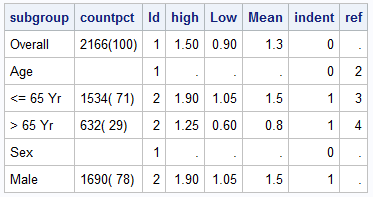
Most simple graphs generally include graphical representation of data using various plot type such as bar charts, scatter plots, histograms, box plots step plots and more. Both SG procedures and GTL provide many easy ways to create such graphs. However, for many real world use cases, we need to display related textual data in

Interest in "data" is at an all-time high. The popularity of search terms like "big data," "Hadoop" and the "Internet of Things" spiked dramatically in the past year. The fact is, organizations are more interested in the potential of big data platforms and data management solutions than ever before. That’s

Need to read or update a ZIP file within your SAS program? In SAS 9.4, you can use the FILENAME ZIP access method to do the job. Explanation and examples here!

Does your site have multiple people maintaining a single deployment of SAS? Is it important for them to maintain a clear audit trail of who is doing what exactly? Or do you need to update your SAS deployment using different userids? Let's take a look at some techniques to manage
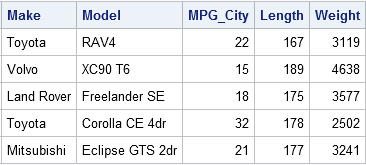
Randomly choosing a subset of elements is a fundamental operation in statistics and probability. Simple random sampling with replacement is used in bootstrap methods (where the technique is called resampling), permutation tests and simulation. Last week I showed how to use the SAMPLE function in SAS/IML software to sample with
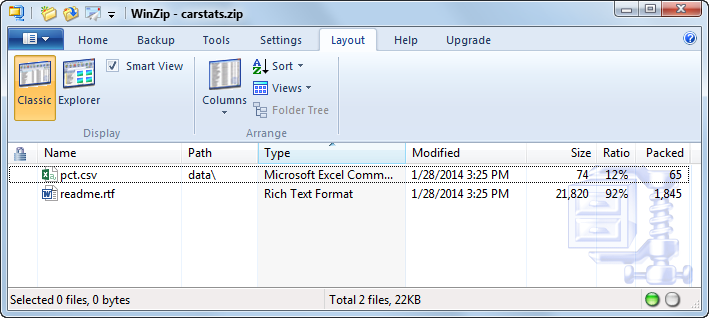
SAS users are big data consumers and big data creators. Often, we have to deal in large data files (or many smaller files) -- and that means ZIP compression. ZIP compression tools such as gzip, 7-Zip, and WinZip are ubiquitous, but they aren't always convenient to use from within a

This year the Super Bowl will take place in East Rutherford, New Jersey at MetLife Stadium just outside New York City. For the first time in this event’s 48-year history, the game will take place outdoors in a cold-weather environment, potentially subjecting players and fans to sub-freezing temperatures. The fans

As I embark on 2014, I reflect upon the many competing, yet interdependent, tensions discussed in education circles in 2013. In conferences, classrooms and statehouses, adults who care about kids debated the best ways to implement: New academic standards (Common Core State Standards or other College and Career Ready Standards)
It’s hard to believe it is almost February. The office is buzzing with all of the great things coming up in 2014 especially SAS Global Forum in just two months. But before we move too fast, I was thinking about 2013 and what really worked. The SAS Talks technical webinar
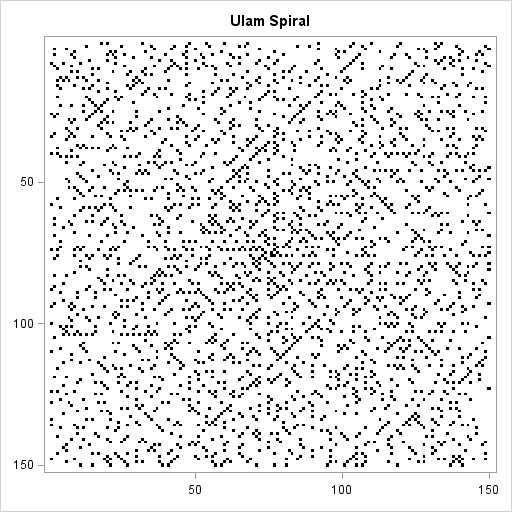
Prime numbers are strange beasts. They exhibit properties of both randomness and regularity. Recently I watched an excellent nine-minute video on the Numberphile video blog that shows that if you write the natural numbers in a spiral pattern (called the Ulam spiral), then there are certain lines in the pattern
Users have often expressed the need for more marker symbols. ODS Graphics supports over 30 scalable marker symbols, both filled and empty. As mentioned in an earlier article, with SAS 9.4, filled markers can now have outlines and fills, and can also have special effects. Also with SAS 9.4, now you
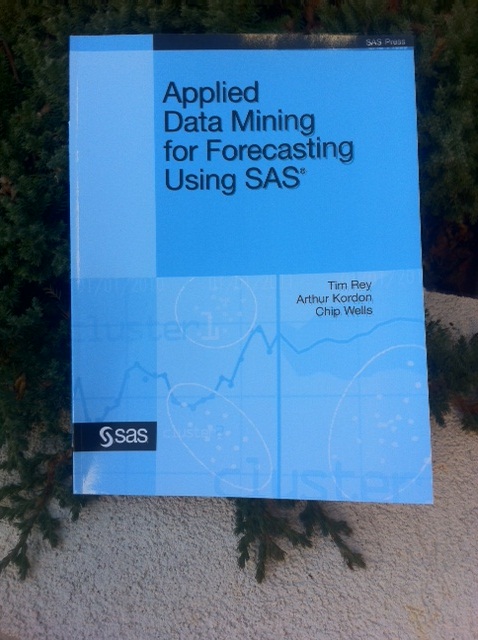
This week's SAS tip is from Applied Data Mining for Forecasting Using SAS by Tim Rey, Arthur Kordon, and Chip Wells. Whether you're a forecasting practitioner, engineer, statistician, or economist, you'll appreciate the many real-world examples in the book. And hopefully this free excerpt. The following excerpt is from SAS Press

Performance management systems are becoming more important to local governments across the country. This is true for several reasons. Citizens are calling for a more accurate accounting of how their tax monies are being spent. Local government revenues have not been growing as much as in the past and, in

I remember exactly where I was when I heard that Marje Fecht was selected as the conference chair for SAS Global Forum 2014. This was April 2011, and I was at PURE Nightclub in Las Vegas. That's not my usual "clubbing" scene, but we were at the kickback party for

Even though I’ve worked as software technology marketer over the years, I have to admit that on a personal level I’ve probably related more to TV programming than software programming. When it comes to writing, I’ve always gravitated more toward crafting marketing communications than code. And when it comes to

With each release of SAS/IML software, the language provides simple ways to carry out tasks that previously required more effort. In 2010 I blogged about a SAS/IML module that appeared in my book Statistical Programming with SAS/IML Software, which was written by using the SAS/IML 9.2. The blog post showed

In a previous post, I showed you how to send graphs with charttips & drilldowns in an email ... but what if you also need to send the graphs that you're drilling-down to? You guessed it - SAS also has a slick trick for doing that! When you create SAS graphs

In the movie, The Matrix: Reloaded, our heroes and the KeyMaker frantically navigated from world to world through a series of doors and locks trying to escape the villains. Fortunately for our heroes, the KeyMaker always had the right key on his ring, he just had to know what key
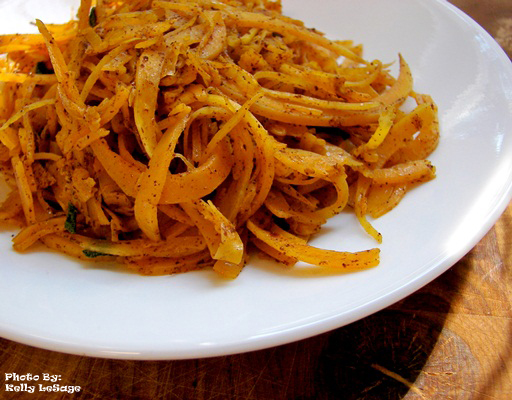

I began 2014 by compiling a list of 13 popular articles from my blog in 2013. Although this "People's Choice" list contains many articles that I am proud of, it did not include all of my favorites, so I decided to compile an "Editor's Choice" list. The blog posts on
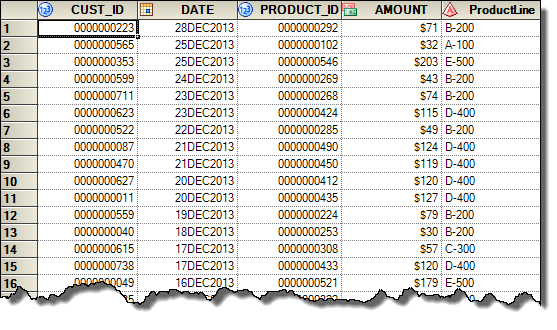
Recency, Frequency, and Monetary Analysis (or RFM) is a popular customer segmentation technique employed by database marketers everywhere. Marketers use RFM to identify which customers are most likely to respond to a direct marketing campaign. The model takes into account three simple metrics: How recently did the customer buy from

















